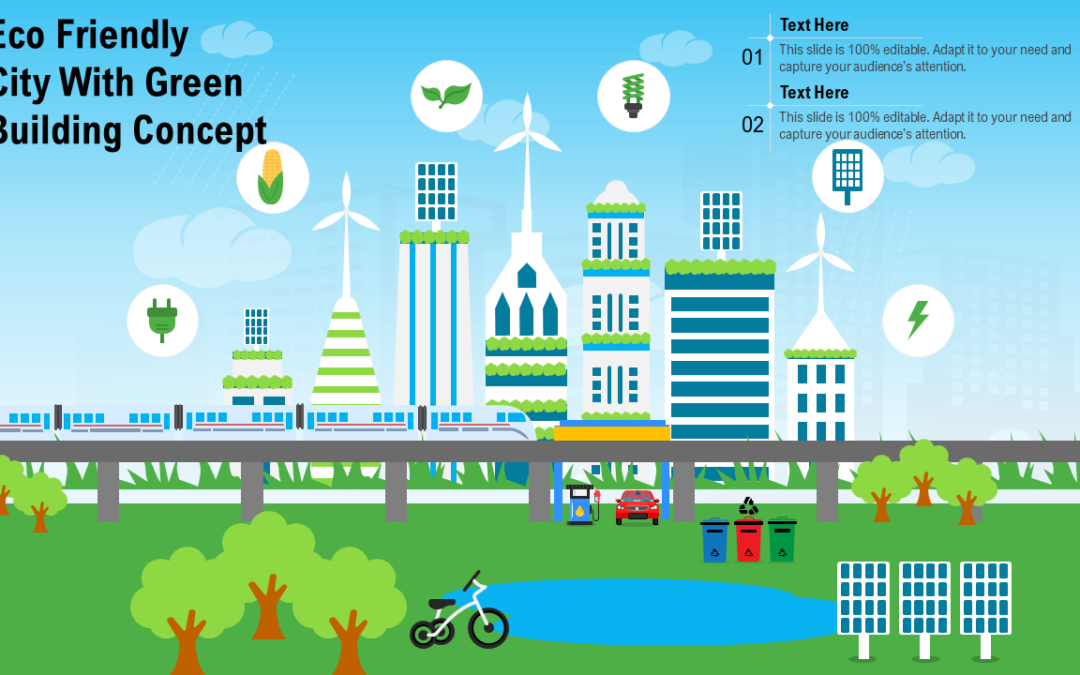India’s buildings sector currently accounts for 25 per cent of the country’s GHG emissions. This is expected to rise further as most of the buildings that will exist in the country in the next 30 years are yet to be built
New Delhi:
Emissions from India’s buildings sector between 2020 and 2070 are projected to reach 90.85 gigatonnes of carbon dioxide equivalent in the business-as-usual scenario, exceeding the carbon budget allocated for the entire country, according to a report released on Monday.
The countries are striving to achieve net-zero emissions (a balance between greenhouse gases emitted and removed from the atmosphere) to limit the rise in global average temperatures to 1.5 degrees Celsius and prevent further worsening of climate impacts.
Becoming a net-zero economy is particularly challenging for India as it must achieve the dual goals of fulfilling developmental aspirations and curbing greenhouse gas (GHG) emissions.
The Sixth Assessment Report of the Intergovernmental Panel on Climate Change (IPCC AR6) estimated the remaining global carbon budget (from 2020 onwards) for a 50 percent chance of limiting global warming to 1.5 degrees Celsius to be 500 gigatonnes of CO2 equivalent.
According to Climate Equity Monitor, India’s fair share of this global budget is estimated to be around 89 gigatonnes of CO2 equivalent.
Climate science defines carbon budget as the amount of greenhouse gases that can be emitted for a given level of global warming (1.5 degrees Celsius in this case).
India’s buildings sector currently accounts for 25 per cent of the country’s GHG emissions. This is expected to rise further as most of the buildings that will exist in the country in the next 30 years are yet to be built.
CSTEP’s study developed net-zero pathways for India’s buildings sector using its system dynamics model, Sustainable Alternatives Futures for India (SAFARI).
“In the business-as-usual scenario, the cumulative emissions (direct and embodied) from buildings between 2020 and 2070 are projected to reach 90.85 gigatonnes of CO2 equivalent, exceeding the carbon budget allocated for India by 2 per cent,” the report titled “Pathways to Steer India’s Buildings Sector Towards a Net-Zero Future” said.

